Edmond Rabesahala was a successful painter and defender of the Malagasy culture. His career and his work were embedded with the aesthetic developments and the internal political upheavals of Madagascar in the 20thcentury.
Edmond Rabesahala is better known by the name Coco Rabesahala in the art world. He was born on February 11, 1927, in a family of renowned members living in Ambohimanga. Coco notably spent his childhood with his cousin Gisèle Rabesahala (1929-2011), a celebrated Malagasy woman politician who devoted her life to her country’s independence.
Coco Rabesahala first exhibited his paintings at a Paris Salon as early as 1954. Although nothing is known of his training, he probably trained at the School of Fine Arts in Antananarivo founded in 1922. This local teaching structure had been stimulated in 1923 by the first exhibition of modern paintings by Henri Matisse, Pablo Picasso, Georges Braque, Fernand Léger, André Derain and Maurice de Vlaminck. The Parisian societies of the Salon des Artistes Indépendants, the Salon d’Automne, the Salon des Artistes Français and the Société Nationale des Beaux-Arts, sponsored the art exhibition testifying of the colonial network set up between France and Madagascar.
Coco Rabesahala exhibited during four years at the Société des Beaux-Arts de la France d’Outre-Mer (in 1954, 1955, 1956 and 1960), held at the Palais de New York in Paris, alongside praised Malagasy artists. He devoted himself to painting during this decade and won several international prizes. In 1954, he was ranked second for the Prix de l’Afrique Equatoriale Française (after painter Renée Jullien). In 1955, he earned 1.000 fr with the Grand Prix of Ministry for French Overseas Territories. In 1957, he won a prize at the 4thexhibition of the Association of Artists Painters and Art Connoiseurs of Tunisia.
The present painting dates from an intensely creative period at the beginning of his international career. The large format evokes the dimensions associated with history painting. The painting represents the habits and customs of the Malagasy culture. Two musicians attract the attention of a family of two children on the left and of a farmer with his zebu cow on the right. Their traditional Malagasy costume is composed by colorful cotton or silk clothes calledlamba. The musicians like the famer belong to the Betsileos populations who lived in the southern part of the central lands of Madagascar, also represented by the French painter Lucien Lièvre (1878 - 1936), Grand Prix of Madagascar in 1931.
Coco Rabesahala’s painting recalls of the Pop Art screen printing process of serigraphy used during the 1960s. The painter simplified the volumes in flat surfaces of colors. He painted the forest and then the characters in successive layers of paint. The visual entanglement caused by the pictural treatment of the textile fabrics and of the flora in the background evokes the rhythmic of the violin and the drum.
Coco Rabesahala was a music lover. He wrote an article, a year later, on Malagasy music published on April 11, 1956, in therevue du Tanka Internationale. Ten years later, he traveled to the United States, in 1965, visiting several American cultural centers, including the National Music Center and thefamous Newport Jazz Festival in Rhode Island. At the time Coco Rabesahala teaching drawing at Lycée Philibert Tsiranana in Mahajanga (Majunga). He was a renowned abstract and expressionist painter, a composer and a pianist. His American journey endorsed his responsibilities as a promoter of Malagasy arts and artists.
Coco Rabesahala’s career took a turn at the end of the 1960s. While exhibiting his paintings in Madagascar in 1966, he was appointed Director of Arts at the Ministry of Cultural Affairs in Antananarivo a year later. He became a key figure on the Malagasy art scene. For the Fifth Paris Biennale in 1967, he curated the display of Malagasy painters, sculptors and photographers. From 1970, Coco Rabesahala was appointed Cultural Affairs Adviser at the Embassy of the Malagasy Republic in Paris. He was part of the organizing committee of the Société Internationale des Beaux- Arts from 1972 to 1974 and exhibited there, twice, landscape paintings.
The present painting summarizes the artistic researches of Coco Rabesahala to promote Malagasy culture while adapting the stylistic codes of Modern Art. In 1974, Pierre Randrianarisoa described Coco Rabesahala as a "talented authentic Malagasy artist" praised by the elitist circle of the Parisian art scene.1The innovative nature of his art was underlined by Pierre Vérin in his book onMadagascar(1990).2Finally, theHistorical Dictionary of Madagascarintroduced him as a representational painter "among the most admired of contemporary and 20th-century artists".3
1Pierre Randrianarisoa,L’art et l’artisanat malgaches, 1974, p. 87.2Pierre Vérin,Madagascar,Paris, Karthala, 1990, p. 220.
3Philip M. Allen and Maureen Covell,Historical Dictionary of Madagascar,Second Edition, Maryland, Toronto, Oxford, The Scarecrow Press, Inc., Historical Dictionaries of Africa, n°98, 2005, p. 27.



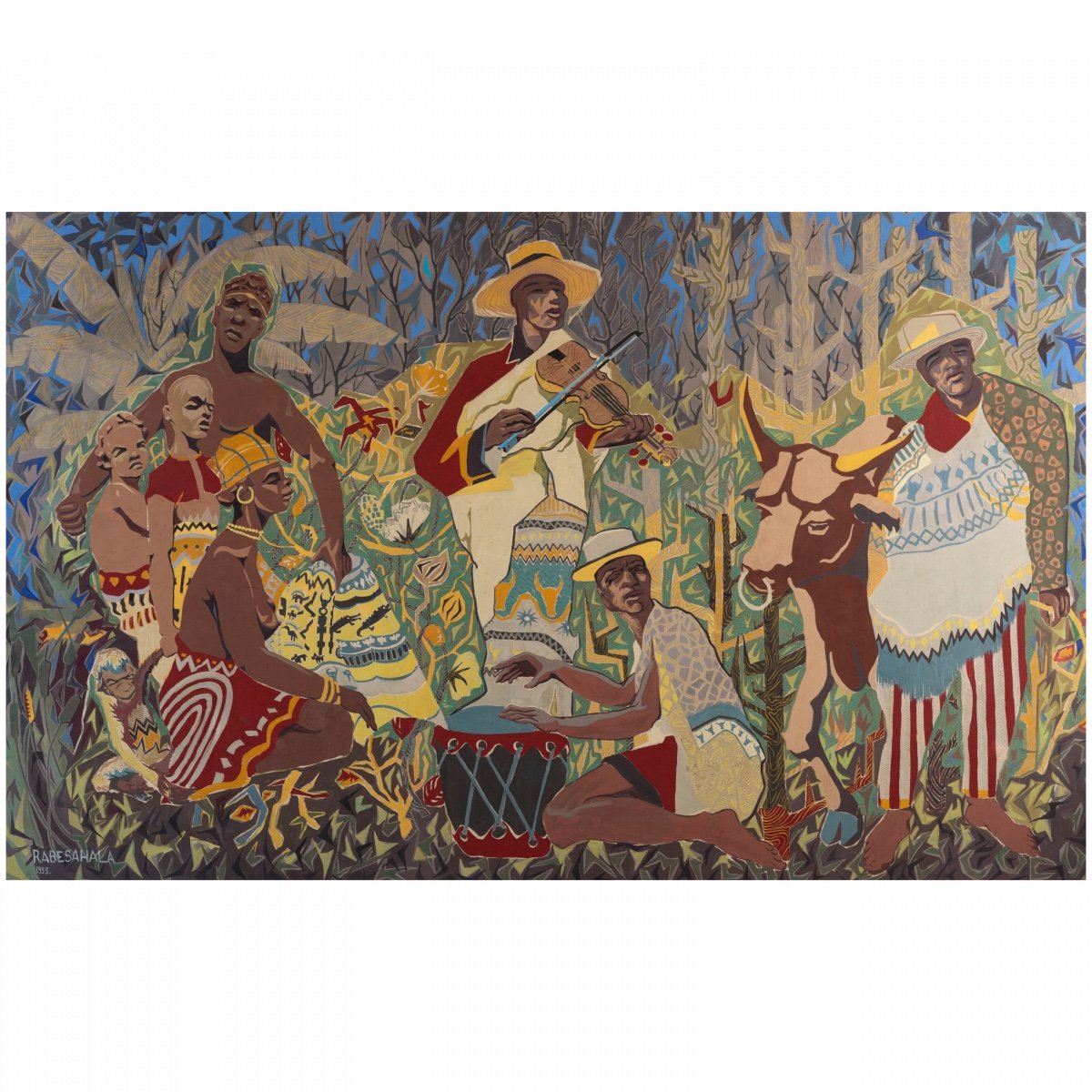



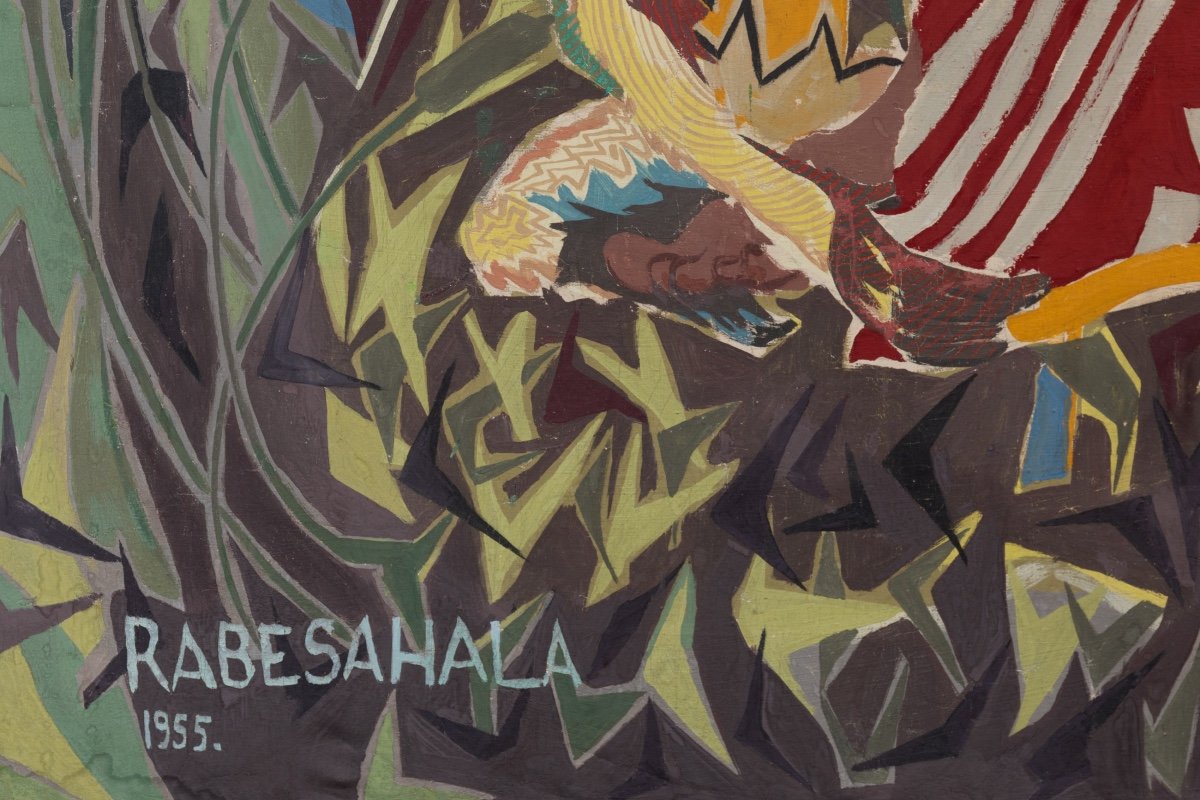
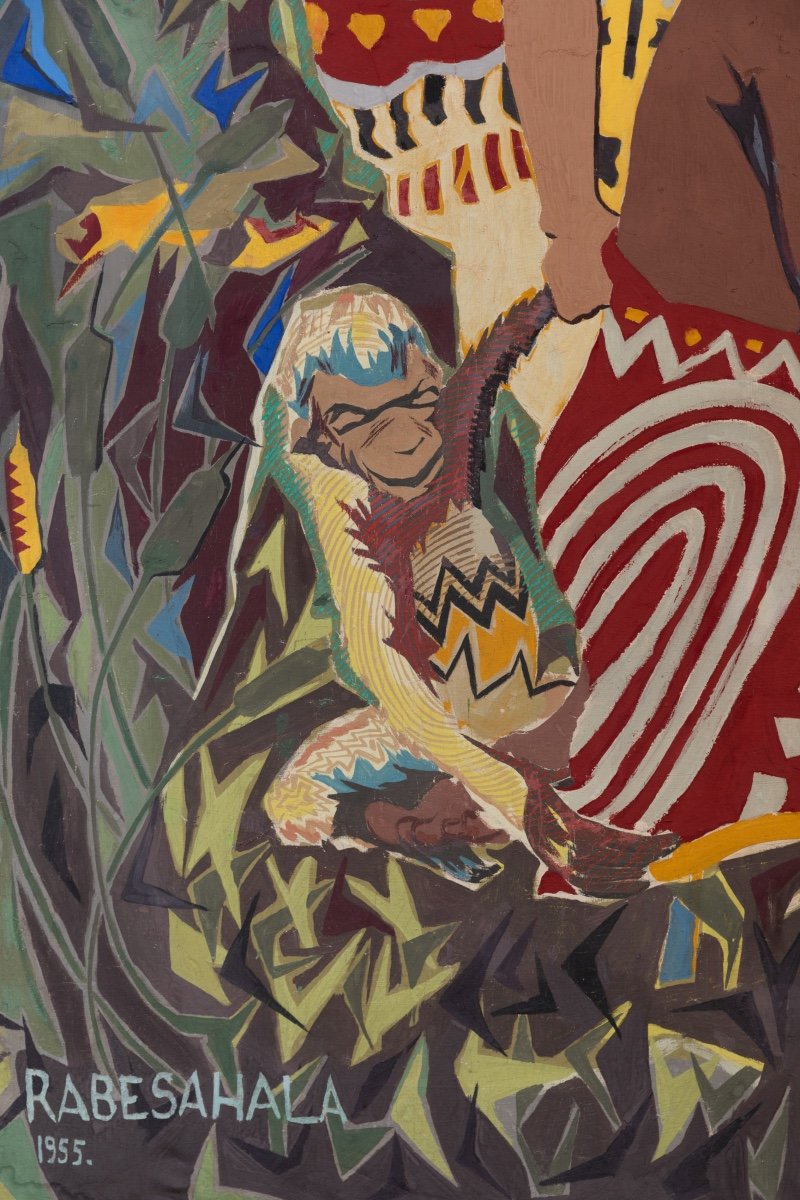




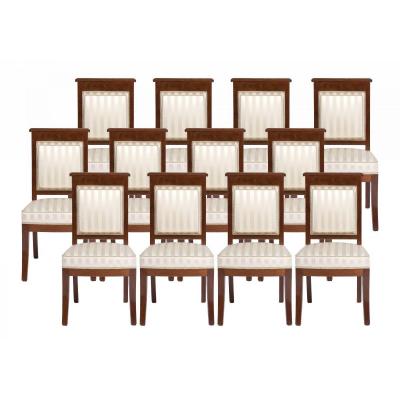
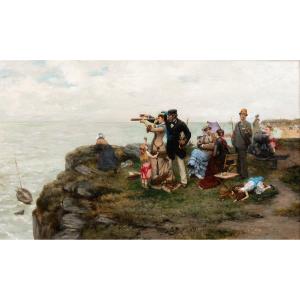
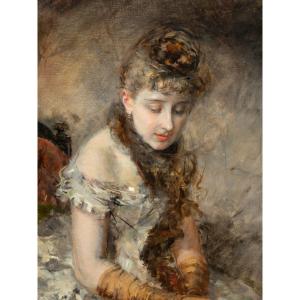
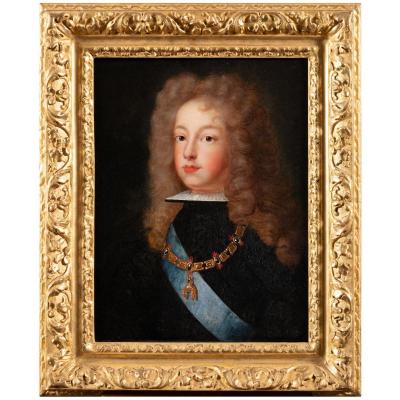
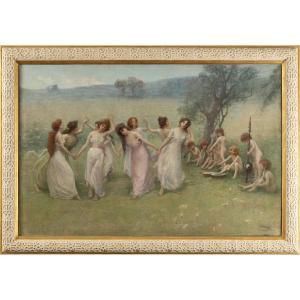
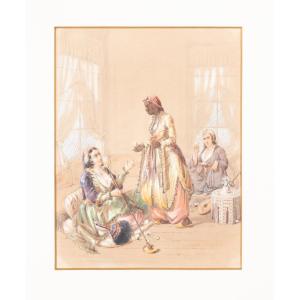
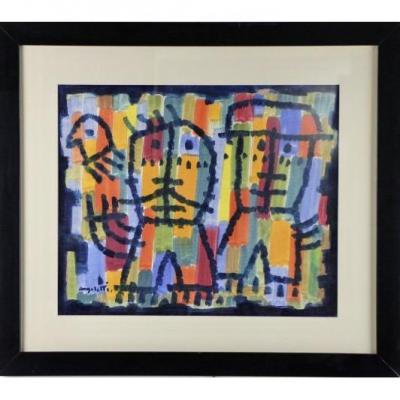








 Le Magazine de PROANTIC
Le Magazine de PROANTIC TRÉSORS Magazine
TRÉSORS Magazine Rivista Artiquariato
Rivista Artiquariato
